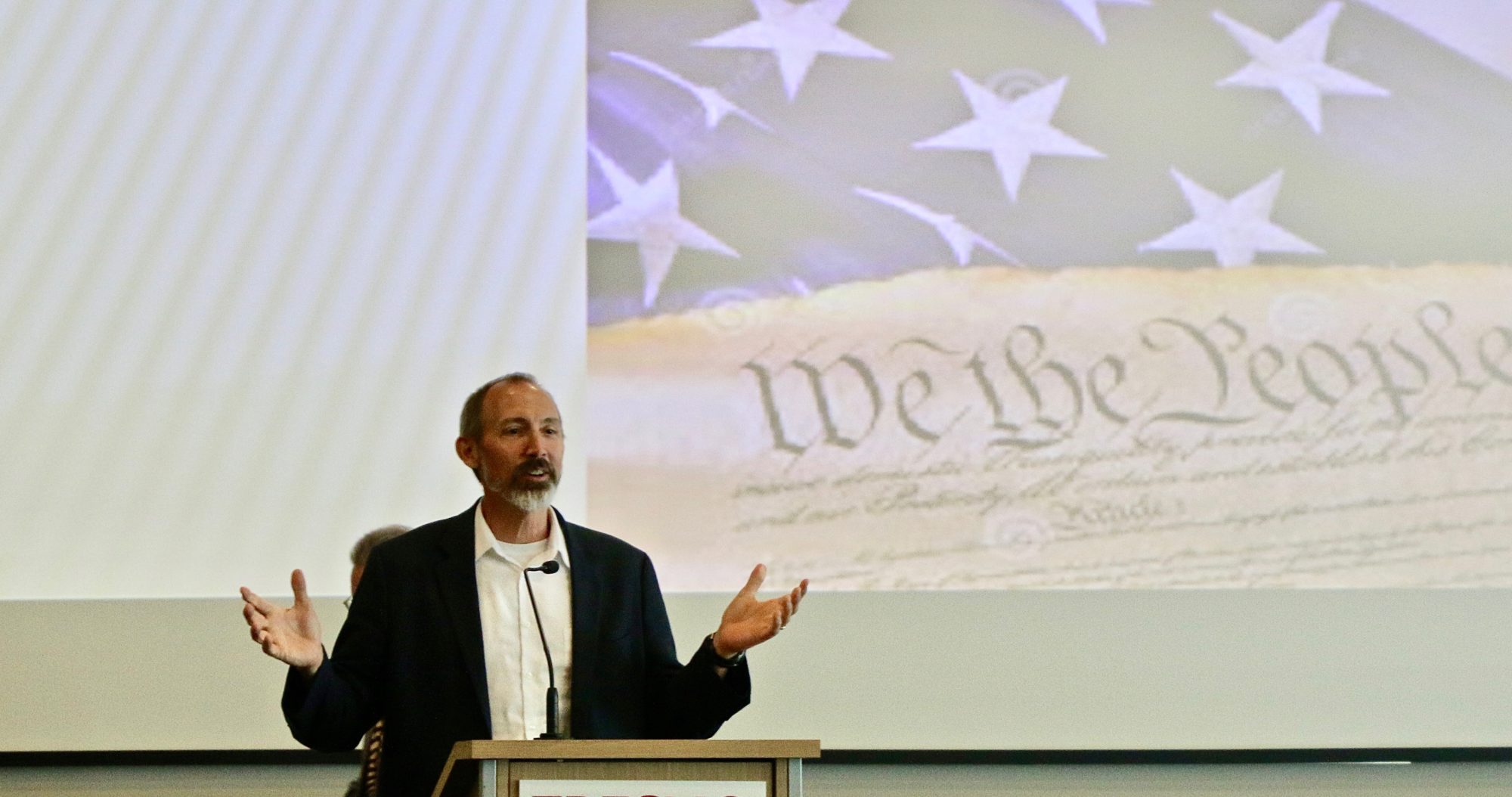Democracy, education diminish our cruelty
Fresno Bee, January 28, 2012
People are becoming less cruel and more humane. This is the thesis of Steven Pinker’s optimistic new book, The Better Angels of Our Nature. Pinker, a Harvard Psychologist, provides extensive data to support his conclusion, citing a variety of developments from low homicide rates to the demise of dueling and the abolition of slavery and torture.
He attributes some of our improvement to the fact that people are getting smarter. He notes that rising IQ scores during the past century bode well for a more peaceful world, since smarter people are less violent. He notes, for example, that smarter people tend to commit fewer violent crimes. He concludes, “people with more sophisticated reasoning abilities are more cooperative, have larger moral circles, and are less sympathetic to violence.”
There are reasons to be skeptical of any straightforward attempt to link intelligence with virtue. Individuals with low IQ’s can be compassionate and kind; and some psychopaths are exceedingly clever. But Pinker does provide some reasons to think that better education produces gentler people.
One causal mechanism for this sort of progress is literature. Pinker thinks that representations of cruelty can change our attitudes toward violence. And he argues that reading is a useful tool for developing empathy. Reading demands that we imagine our way into another person’s point of view. Widespread literacy—made possible by printing technologies and mandatory schooling—may well be a major cause of moral progress.
One sign of this progress is that fact that warfare has become less cruel. Pinker thinks it is significant that despite the horrors that are still occasionally unleashed in war, we have self-consciously refrained from using our worst and most deadly weapons. He suggests that nuclear warfare has become “too dangerous to contemplate, and leaders are scared straight.”
This conclusion hinges on the intelligence of our leaders. Indeed, Pinker claims that there is a correlation between Presidential IQ and deaths in war. According to Pinker, smarter presidents wage fewer wars and produce fewer wartime casualties.
Such a blithe conclusion should be taken with a grain of salt, since it assumes that presidents wage war in a vacuum without the input of the military or the cooperation of foreign allies. And such a conclusion ignores the fact that our representatives in the Congress have some control over how wars are fought.
This points toward a central question: do wise and virtuous leaders cause moral improvement? The Greek philosopher Plato thought so. Plato rejected democracy as rule of the uneducated and unvirtuous masses. He thought we would do better under the watchful eye of a wise and benevolent ruler who would protect us from our own vicious and ignorant ways.
We are no longer sympathetic to this idea. Instead, we tend to believe that we are smart enough and good enough to govern ourselves. Pinker’s analysis gives us reason to trust this democratic impulse. It is our modern democratic state and its educational system that has made us smarter and better. Most of the moral progress that we’ve made during the past millennia has occurred under democratic government and has been facilitated by the expansion of literacy and education.
People are not born smart or good. We are born with the capacity to learn and with a basic capacity for empathy. But we must learn all of the specifics, including how to control our own violent impulses. Education is essential for understanding the complex moral and political problems that confront us in our globalized world. Intelligence and virtue develop as a result of the sustained effort of parents, teachers, and a supporting social environment. And our moral and intellectual skills develop further, as we exercise our own capacities for self-government.
It is amazing how much moral progress we have made. We no longer allow slavery or torturous punishments. Women have been liberated. And we recognize that our most destructive weapons are immoral. Good for us for figuring this out!
These moral developments were not imposed upon us by philosopher-kings. Rather, they resulted from democratic procedures and were produced by our system of education. The key to future progress is to trust ourselves and to continue to believe that democracy and education can make us both smarter and better.

